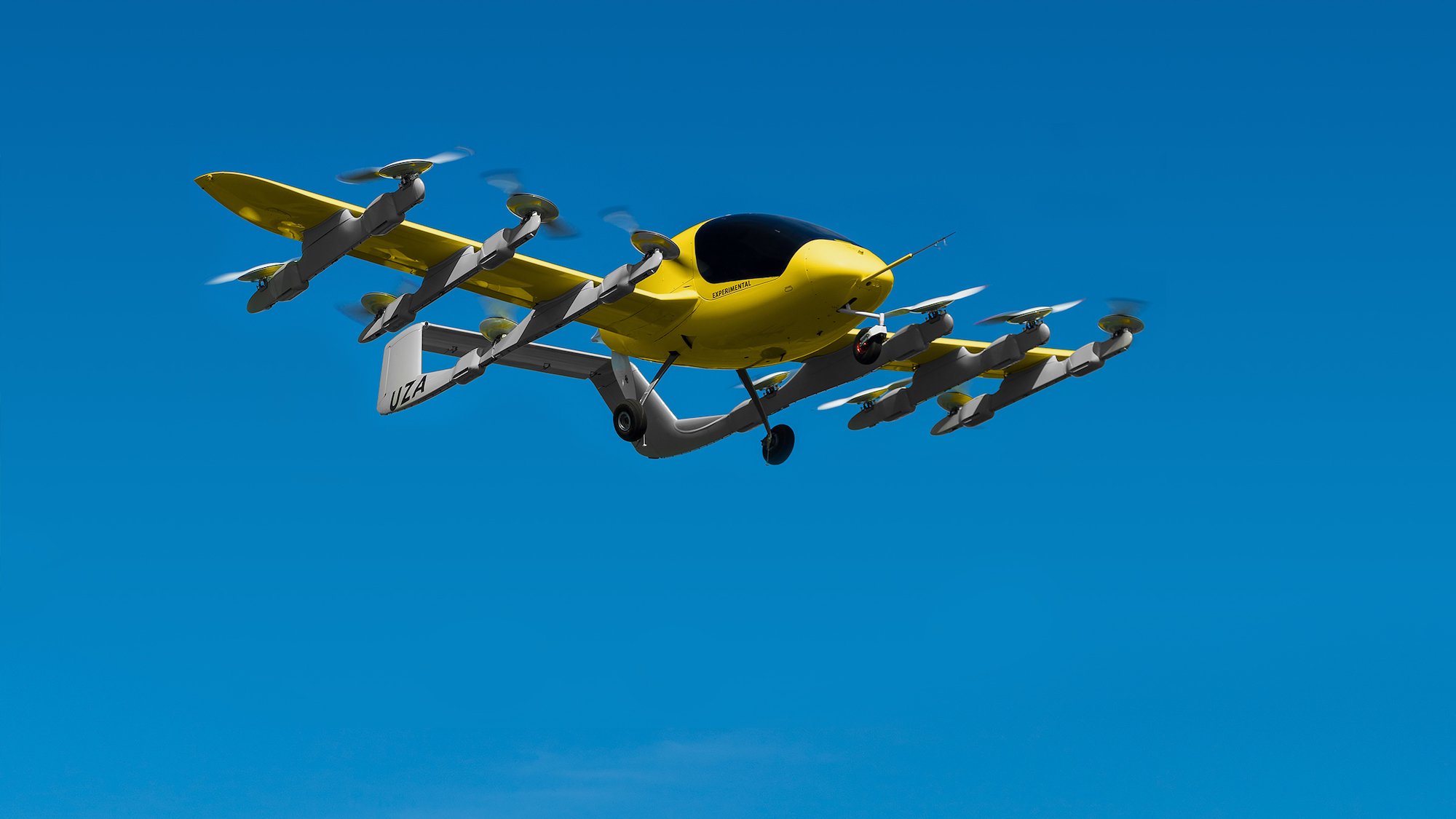Click Here to View This Page on Production Frontend
Click Here to Export Node Content
Click Here to View Printer-Friendly Version (Raw Backend)
Note: front-end display has links to styled print versions.
Content Node ID: 418875
The work of industry groups such as SAE International, ASTM International, and Eurocae in establishing technical standards covering multiple aspects of new aircraft and propulsion systems could be a key accelerator in making so-called advanced air mobility a reality. Attendees at last week’s Electric VTOL Symposium, organized by the Vertical Flight Society, heard how regulators’ acceptance of standards is streamlining the regulatory process for technology not covered by existing rules.
“There’s no doubt that it [certifying new products] would be more laborious without standards because the process would require more time and would be more expensive,” said Mark DeAngelo, an aerospace standards engineer with SAE International. “Based on over 100 years of experience with airplanes, these industry standards are a good way to demonstrate confidence [in the safety of products] and bring down costs.”
Encouraging new market entrants to participate in work to establish new standards, panelists made it clear that this approach could be critical to this fast-growing sector’s ambitious timelines for the service entry of aircraft. A big factor is that the technology used for eVTOL aircraft, and their airframe and propulsion architectures, mean that many of the new designs are square pegs trying to fit into the round holes of existing certification categories.
“In some cases, existing Part 27 or 29 rules could be considered [for type certification], but this could mean that there have to be a lot of special conditions or exemptions involved,” explained William Schinstock, regulations and policy manager with the FAA’s small airplanes directorate. Without naming the programs concerned, he mentioned complications involved in the certification of two aircraft due to the fact that their use of rotors and wings doesn’t fit the profile of these rules, resulting in complex assessments as to how they should be treated.
Ed Lovelace, chief technology officer with electric aircraft pioneer Ampaire, praised the efforts of volunteers doing the detailed committee work of standards bodies. “While it [type certification] might be possible without recent standards, the performance-based standards are huge in letting electric innovations take advantage of a wide array of configurations that are non-traditional,” he told the symposium. “This allows for different architectures and avoids stifling innovation.”
One example of the increased flexibility in the certification process is the FAA’s willingness to allow propulsion systems to be covered as part of the process for the rest of the aircraft. “We can’t separate them, especially where it’s the propulsion system that is providing all the flight control for the aircraft [through the rotors],” Schinstock commented.
Tom Gunnarson, who is regulatory affairs lead with eVTOL aircraft developer Wisk and co-chair of ASTM's ACC 433 committee, explained that the work on standards extends to equipment such as electric batteries that are critical to many new designs and is far from straightforward. "There are lots of solutions to creating and distributing an energy source and so it is very hard to standardize at this point, but this is part of being at the cutting edge and over time it will become clear what the best way is," he reflected. "Overall, there is real value in the whole industry working on the means of compliance for eVTOL aircraft because it would be more difficult for each [type certificate] applicant to go the FAA on their own and they would rather hear from the whole industry at the same time."
